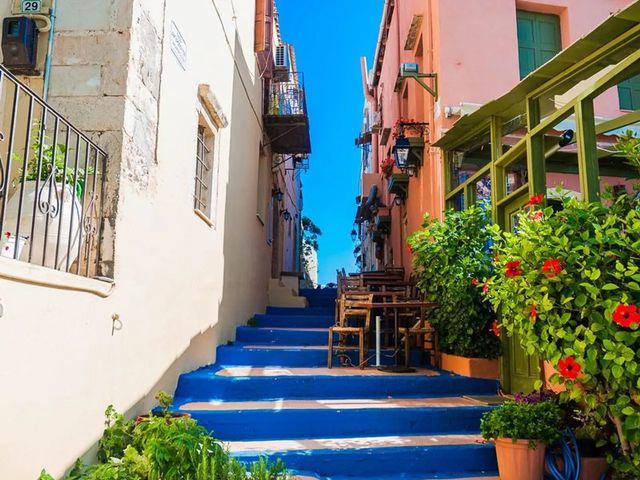Crete is truly blessed with sunshine — the island enjoys over 340 sunny days a year, making it one of the sunniest places in Europe. Interestingly, Crete lies at the intersection of two climate zones:
The north coast experiences a classic Mediterranean climate,
While the south coast, influenced by the North African subtropics, often feels the warm winds of the Sahara.
The island’s diverse geography and mild seasonal shifts make Crete an ideal destination all year round — whether you're chasing summer sun or looking for a springtime escape.

Summer in Crete (June – September)
Summer is the peak season on the island, with hot and dry weather dominating the landscape.
Average daytime temperatures range from 28°C to 35°C (82–95°F), sometimes reaching up to 40°C (104°F) in the south.
The Meltemi winds from the north provide a pleasant sea breeze, making the heat more bearable than on the mainland.
The sea temperature is perfect for swimming — around 25–27°C (77–81°F) — and there’s up to 14 hours of sunshine per day, making this season ideal for:
Beach lovers
Watersports
Island hopping
For sun-seekers, Elafonissi Beach, Balos Lagoon, and Vai Palm Beach are a must.
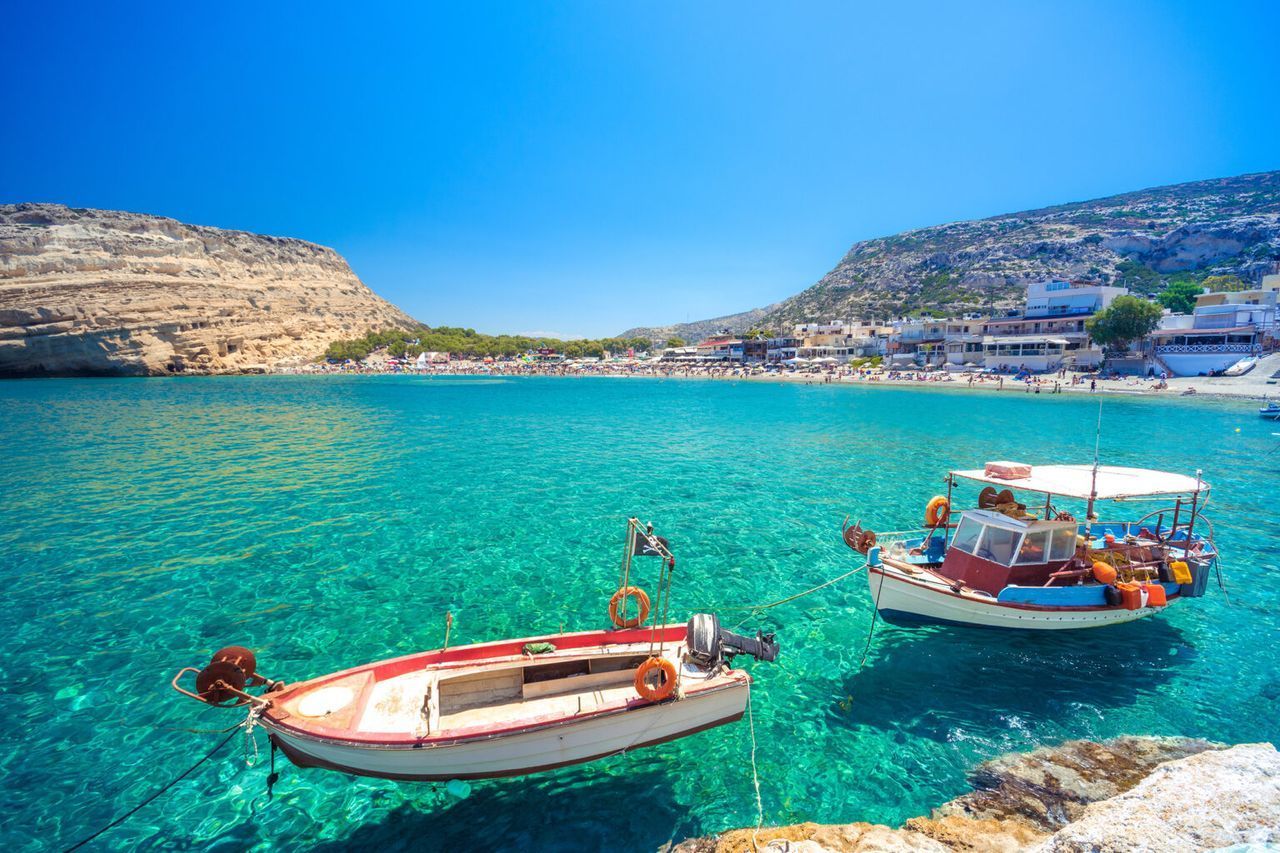
Autumn in Crete (October – November)
Autumn is a golden time to visit Crete — the summer crowds thin out, but the weather stays lovely.
Temperatures drop gradually to a pleasant 20–25°C (68–77°F)
The sea remains warm, especially in October, extending the swimming season
November brings the start of the rainy season, so it’s worth packing a light jacket or umbrella.
This time of year is perfect for:
Hiking in places like Samaria Gorge
Cultural exploration in Chania’s Old Town or the Knossos Palace
Local food tours and wine tasting
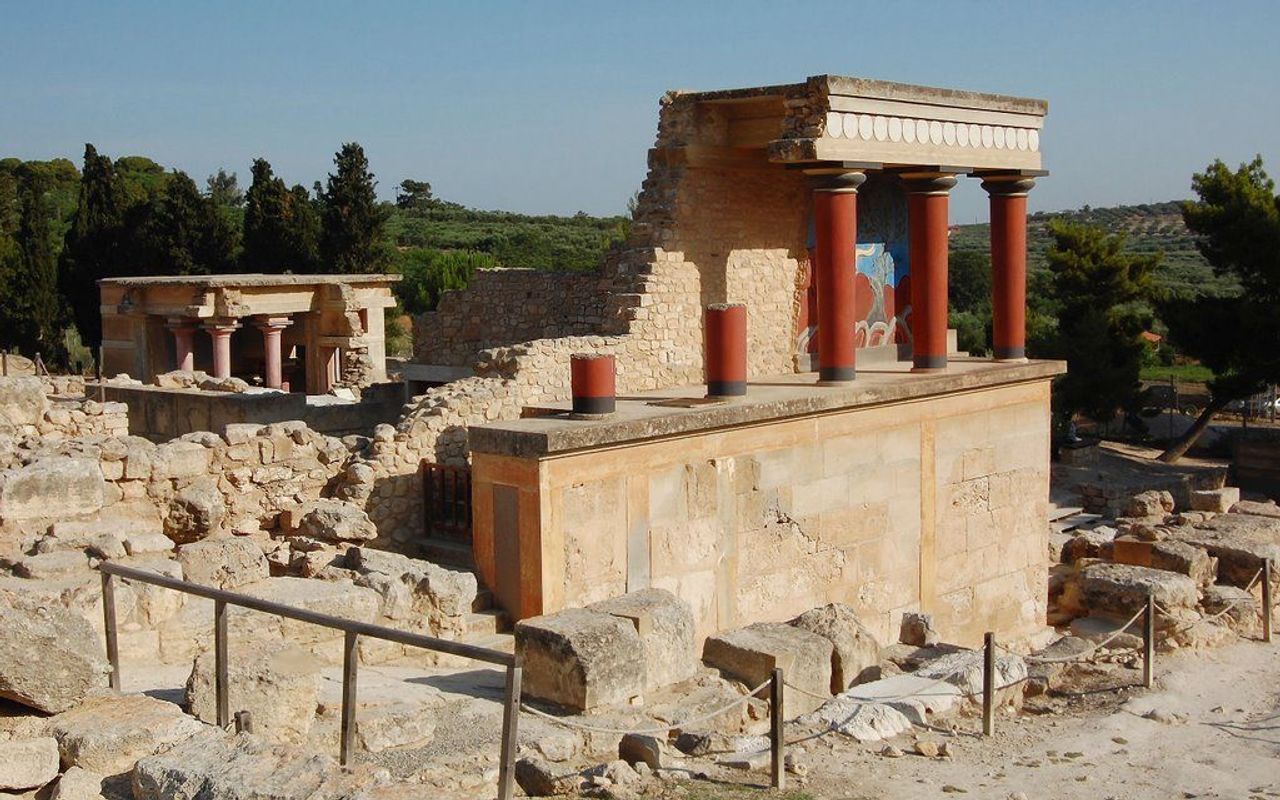
Winter in Crete (December – February)
Winter on the island is mild and green, especially compared to the rest of Europe.
Average temperatures range between 12°C and 16°C (54–61°F) on the coast
It rarely drops below 10°C (50°F), making it a great escape from northern cold
This is Crete’s rainy season, with the majority of precipitation falling in December and January.
In the mountains (such as the Lefka Ori and Mount Ida), temperatures can drop below freezing, and you might even see snowfall — rare and beautiful!
This season is ideal for:
Tranquil getaways
Winter hiking
Exploring green valleys and quiet villages

Spring in Crete (March – May)
Spring might just be the most beautiful season on Crete.
Temperatures rise to 18–24°C (64–75°F)
The island is in full bloom, with wildflowers and lush greenery everywhere
Rain becomes rare, and days are sunnier and longer
By late spring, the sea warms up to 20–22°C (68–72°F) — perfect for the first swims of the year.
Ideal for:
Outdoor adventures
Historical tours
Cycling, hiking, and nature walks
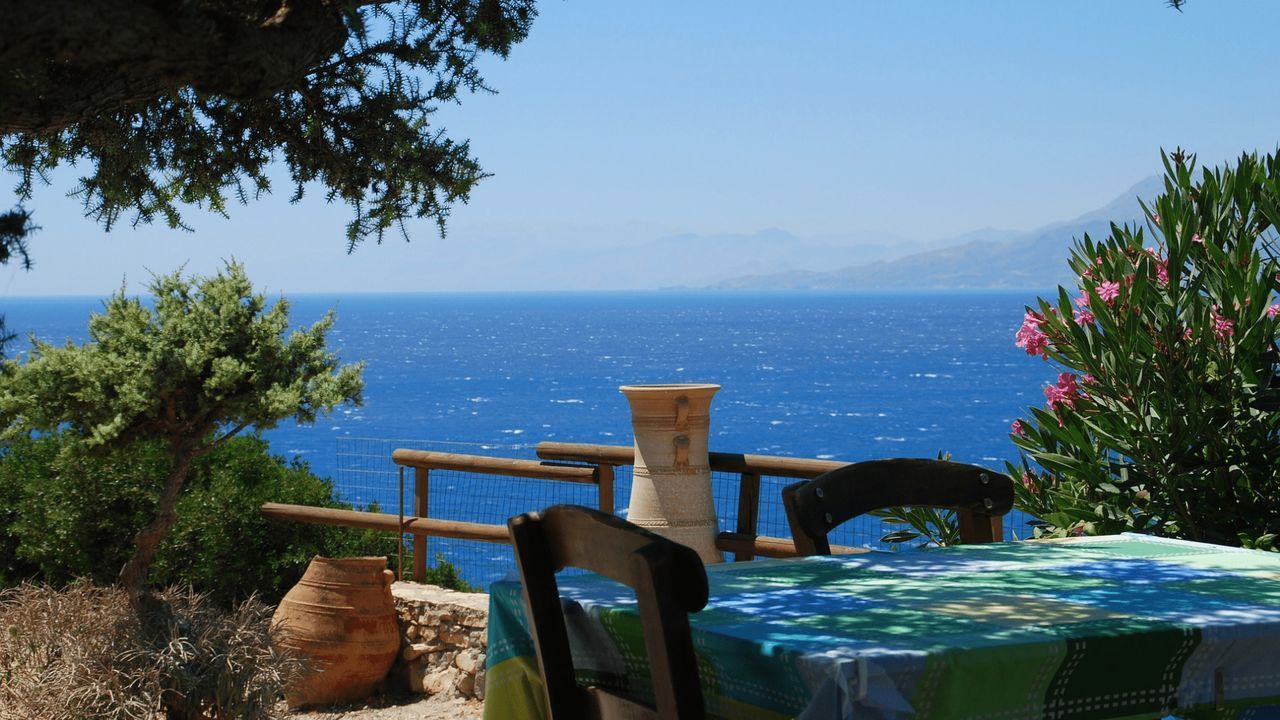
The Impact of Mountains and Winds
Crete's climate is also shaped by its unique geography. Two mountain ranges — Lefka Ori (White Mountains) and Mount Ida (Psiloritis) — split the island north to south.
North coast: Lush and more humid
South coast: Drier, warmer, and often sunnier due to Libyan Sea influence
Winds play an important role:
Meltemi winds: Cool northern breezes in summer, offering relief from heat
Sirocco winds: Warm, dusty winds from Africa in winter that can spike temperatures up to 20°C (68°F) even in January
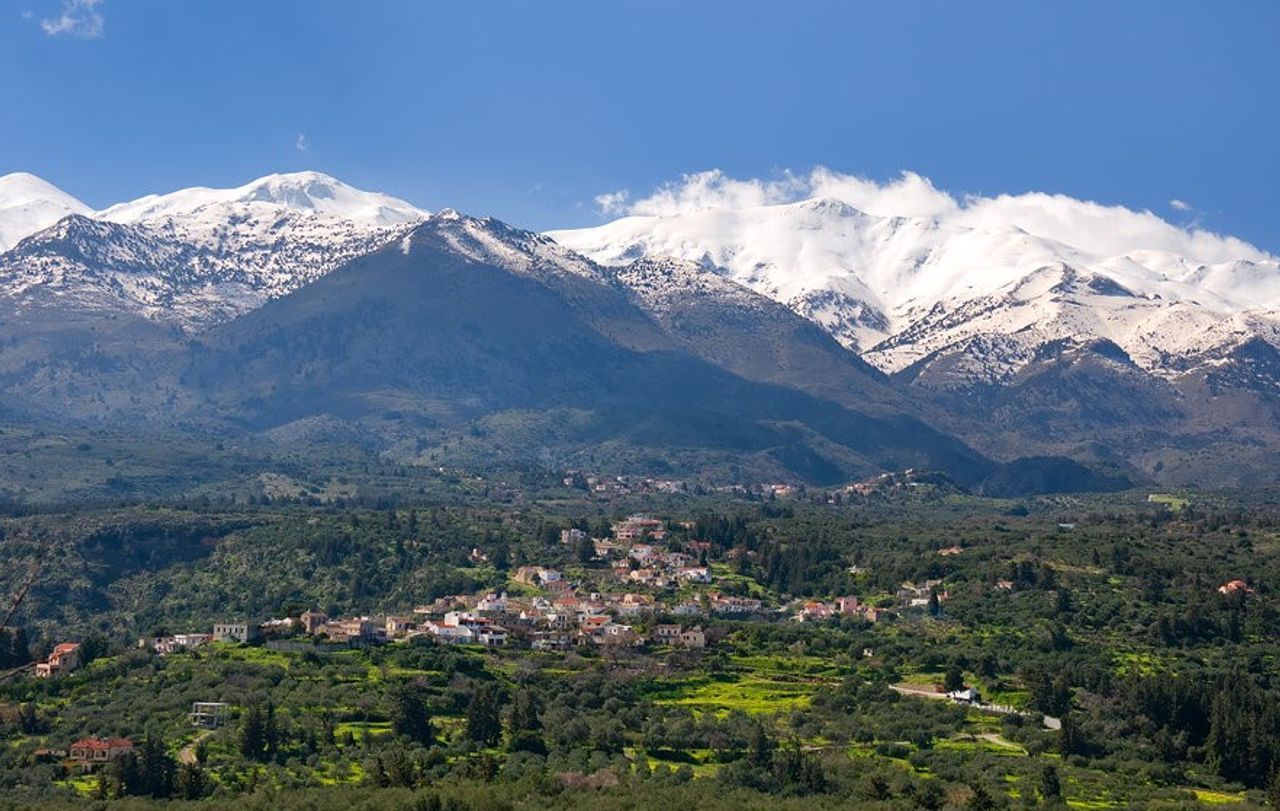
So, When’s the Best Time to Visit Crete?
| Season | Best For |
|---|---|
| Summer | Beach holidays, water sports, vibrant nightlife |
| Autumn | Hiking, sightseeing, fewer tourists |
| Winter | Mild climate escapes, local immersion, nature walks |
| Spring | Blooming landscapes, adventure activities, early swims |
Crete’s varied climate makes it a destination for every traveler, in every season. Whether you’re looking for sunshine, cultural treasures, or off-season peace — the island welcomes you with open arms.
Planning to explore Crete by car?
Find the best rental deals at secrental.com —
✔️ Easy booking | ✔️ Wide car selection | ✔️ Great rates
Make your island adventure smooth and unforgettable!
